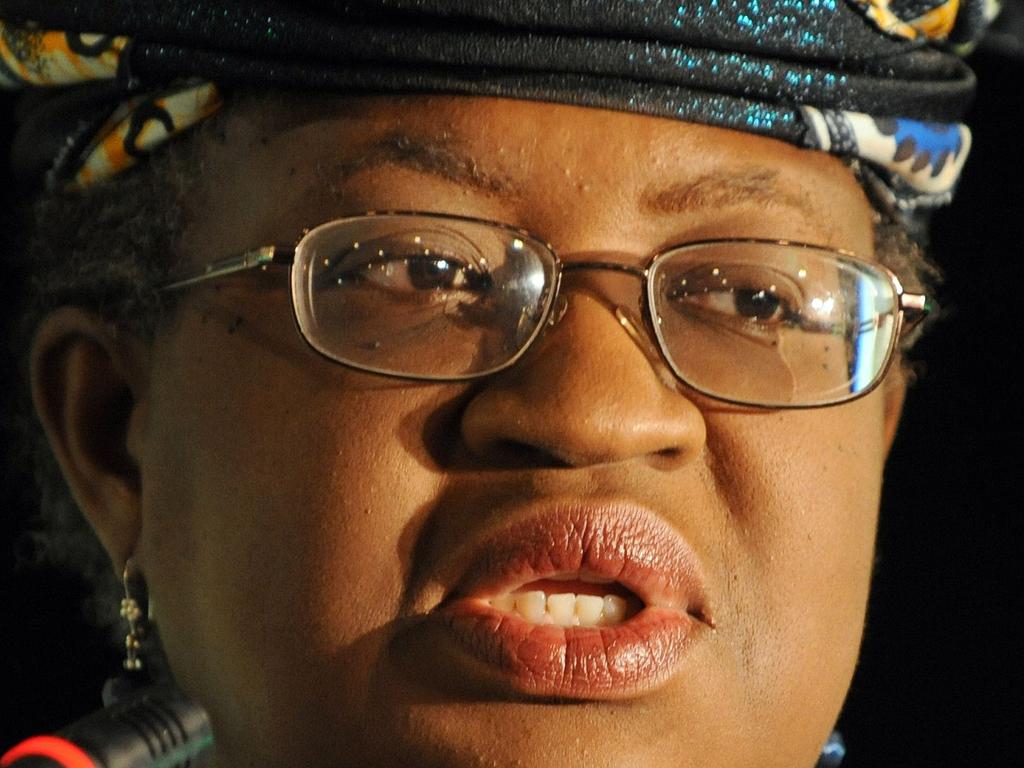
While seeing “no need to adjust the package of measures in Australia in the current environment”, the central bank would “continue to assess the evolving situation” and “did not rule out adjusting the current package if circumstances warranted”, minutes of its August board meeting said.
Of course if the central bank were to say there was a need to adjust monetary policy, it would do so immediately. But with Victoria extending its state of emergency for another four weeks, Tasmania extending its border closure until December and Queensland indicating its border may stay closed until Christmas, the risk is clearly skewed to the downside — notwithstanding a bigger-than-expected jump in employment last month and the first bounce in the ANZ-Roy Morgan weekly consumer confidence index in eight weeks amid a surprisingly strong bounce in the “current economic conditions” sub-index.
“What was interesting though in the August meeting minutes was the admission that the bear case involved a much greater deviation of output from the baseline projection than the bull case, tilting the balance of risks to the downside,” says Credit Suisse macro strategist Damien Boey.
Arguably the RBA has already done some more to keep interest rates down since the second wave in Victoria sparked new lockdowns early this month.
While its August board meeting maintained current policy settings, the RBA restarted bond purchases, with $6bn bought in the past two weeks, taking its total purchases so far to $57bn, even though the latest buying has targeted short-term government bonds to maintain its yield-curve control target of 0.25 per cent.
But with the second wave of COVID seeing tighter mobility restrictions in Australia, “the economic outlook is deteriorating” and the RBA is “now clearly closer to easing, especially if the lockdown persists beyond September”, says UBS Australia chief economist George Tharenou.
While UBS’s base case remains that the central bank will keep interest rates on hold for years, the RBA is “increasingly focused” on the Term Funding Facility as its main policy tool and Tharenou sees an increase and extension of the TFF with additional phases similar to the European Central Bank’s Targeted Longer-Term Refinancing Operations program as the most preferred easing option.
Importantly, he now also feels that the RBA’s next preferred option is to launch “proper QE” (quantitative easing), by buying commonwealth government bonds of maturities from five to 10 years and more, as well as semis (state government bonds), to “purposely remove duration from the market, and lower longer-term yields including narrowing the semis-AGS spread”. After taking such an option or as part of a package of monetary policy tweaks, Tharenou also sees the RBA cutting the official cash rate target from 0.25 to 0.1 per cent.
“While there would be limited direct benefit, given the actual cash rate is already trading around 13-15 basis points, this would probably be combined as a package by also lowering the 25 basis point rate for the TFF and YCC (yield curve control) target,” he says.
As far as the option of increasing the term of its yield curve control target from three years to five, RBA governor Philip Lowe indicated this week that “terming out YCC” would only be considered if there was a deterioration in the long-term economic outlook such that the RBA expected the cash rate to be on hold for five years.
Meanwhile, other options remain, including buying assets such as corporate bonds, residential mortgage-backed securities or equities, cutting the cash rate target to negative, buying foreign assets or FX intervention, but these remain much less likely, even though the Reserve Bank of NZ has flagged purchases of foreign assets (effectively FX intervention) to lower its currency.
Like many economists, Tharenou also sees more fiscal stimulus from the federal government. His expectation is for at least $50bn more spending relative to what was announced in the now out of date July Economic and Fiscal Update, including another $35bn or more of stimulus for 2020-21 that’s likely to be announced at the October budget.
“These policies are likely to again focus on supporting household income, and could include extensions of JobKeeper and JobSeeker, and pulling forward tax cuts,” Mr Tharenou says.
“The government could also consider further support for housing, and another extension or easing of the Small and Medium-Sized Enterprise Guarantee program.”
Another possible option could be for the Australian Prudential Regulation Authority to ease lending standards by lowering the minimum serviceability buffer from 2.5 per cent to 2 per cent.
While the latest comments from APRA chairman Wayne Byres don’t suggest it’s likely, Tharenou has estimated that it would increase borrowing capacity by 5-6 per cent, thereby providing the equivalent economic boost of 50 basis points of interest rate cuts.
And there has already been regulatory support last week to further extend loan repayment deferrals — currently around $250bn or 9 per cent of all loans — into 2021, he notes.








The Reserve Bank is still leaning towards more monetary stimulus as it acknowledges that Victoria’s COVID-19 outbreak is “having a major impact” on the national economy and uncertainty about the coronavirus continues to affect spending plans.